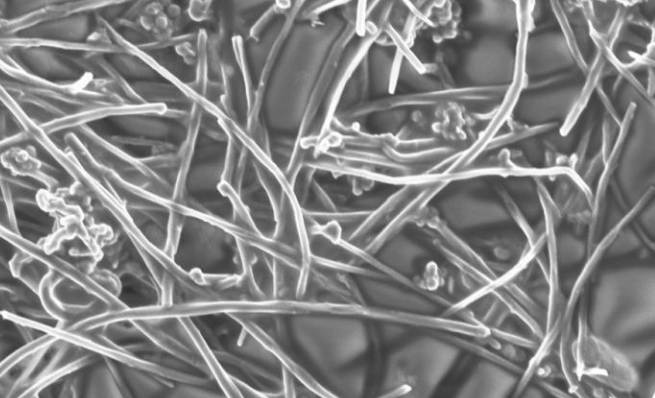Carbon nanotubes: the incredible, versatile and ecological material of the future

Have you ever heard of carbon nanotubes? They may sound like something out of a science fiction movie, but they are actually real life material that scientists and engineers are talking about. So what’s the deal with carbon nanotubes? Well, think of them as little superheroes, they may be small, but they are incredibly strong and versatile, having the power to save the day in a variety of situations. Or you could think of them as the duct tape of the future, just as duct tape can fix almost anything, carbon nanotubes have the potential to solve a wide range of problems in many different industries.
Carbon nanotubes (CNTs) are small tube-like structures made entirely of carbon atoms. They are so small that they are measured in nanometers (one billionth of a meter). To put that in perspective, a human hair is around 100,000 nanometers in diameter, while a carbon nanotube may only be one nanometer in diameter. There are two main types of carbon nanotubes: single-walled consisting of a single layer of carbon atoms wrapped in a tube, while multi-walled nanotubes have multiple layers of carbon atoms wrapped around each other like a Russian doll. Both types of nanotubes have incredible properties that make them useful for a variety of applications.

Carbon nanotubes are incredibly strong, flexible, and lightweight. In fact, they are some of the strongest materials known to man. A single carbon nanotube can support more than 100 times its own weight without breaking! They are also excellent conductors of heat and electricity, making them useful in electronics and energy storage. Carbon nanotubes are also resistant to chemicals and can be used in harsh environments, such as outer space.
Carbon nanotubes have a wide range of potential applications, from electronics to medicine to transportation. These are just some examples:
- Stronger, Lighter Bicycle Frames: Carbon nanotubes can be woven into carbon fiber composites to create bicycle frames that are stronger and lighter than traditional metal frames.
- Faster, more efficient electronics: Carbon nanotubes can be used as transistors in electronic devices, potentially making them faster and more power-efficient than current technology.
- Advanced drug delivery systems: Carbon nanotubes can be used to deliver drugs to specific cells in the body, potentially improving the effectiveness of cancer treatments.
- Space Elevators: Yes, you read that right! Some scientists believe that carbon nanotubes could be used to build a “space elevator” that would transport people and cargo into space without the need for rockets.
Let’s see the following video on carbon nanotubes. Let’s get to work!





Responses